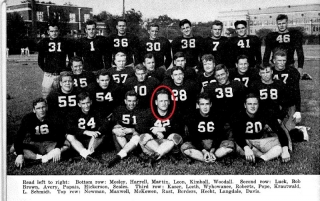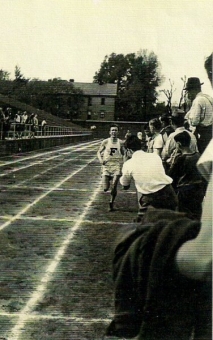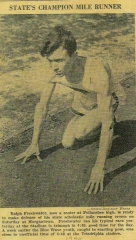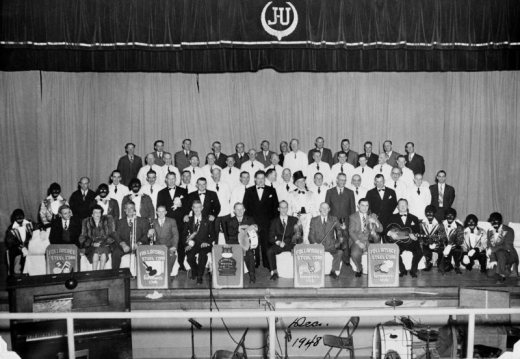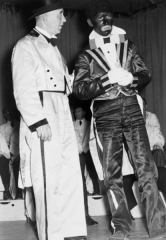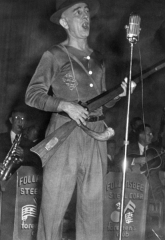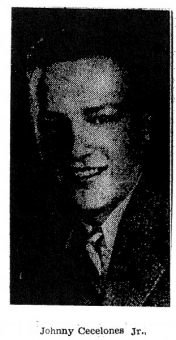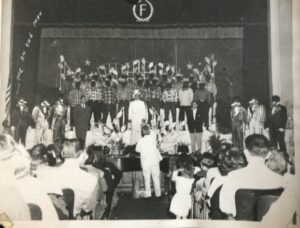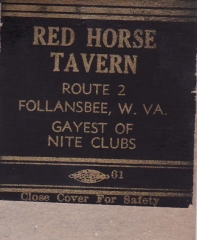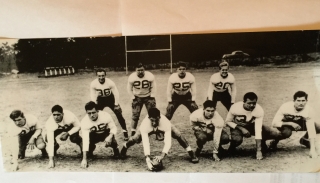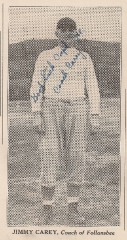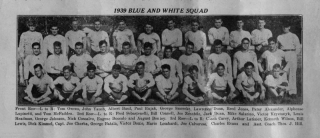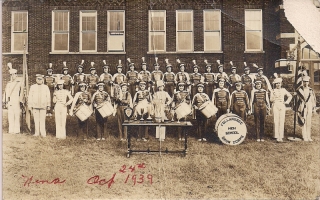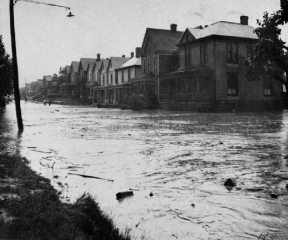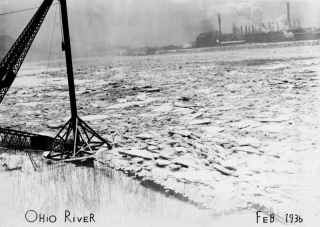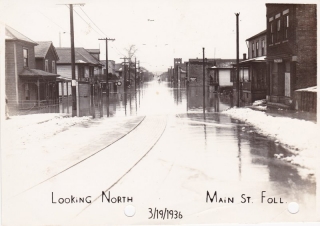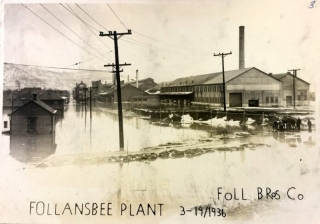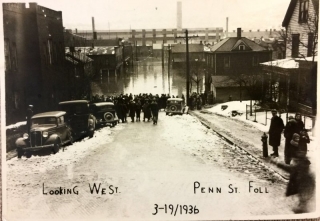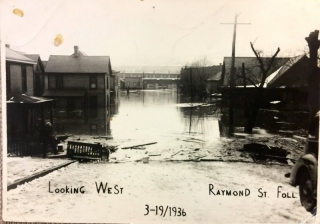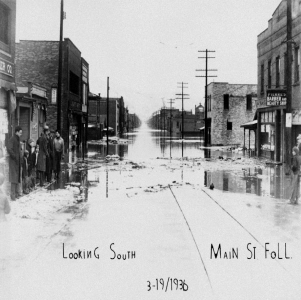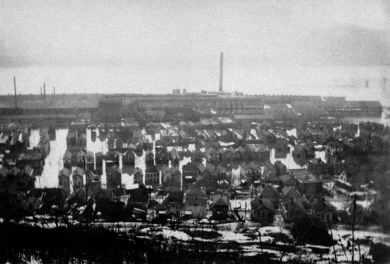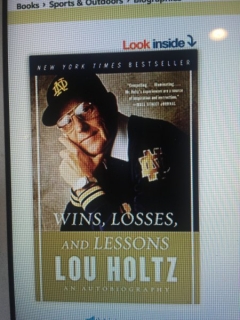 In his 2006 book, “Wins, Losses, and Lessons,” Holtz described the two-room basement apartment where he was born in Follansbee:
In his 2006 book, “Wins, Losses, and Lessons,” Holtz described the two-room basement apartment where he was born in Follansbee:
“Our cellar home had a kitchen and a combination bedroom and half bath, which meant we had a sink next to the bed. We had no refrigerator, no shower or tub, and no privacy. My parents shared the bedroom with my sister and me. We bathed in the sink when we could, ate outside when the weather permitted, and slept in whatever configuration kept us warm and comfortable. We didn’t have a closet, because we didn’t need one. I owned one pair of overalls and one flannel shirt, an outfit I wore every day.” (Wins, Losses, and Lessons)
Lou was born, Louis Leo Holtz, January 6, 1937, eight years after the Wall Street crash triggered massive unemployment and the Great Depression. Like most children at the time, Lou was born at home being delivered by Dr. Ralph McGraw, an esteemed local physician. “That’s where God saw fit for me to join this world and where I lived the early years of my life.” Lou’s parents were Andrew and Anne Marie Holtz.
Lou claims that his grandfather, whose name was also Lou Holtz, brought the family to Follansbee from the coal mines in Rossiter, Pa. His grandfather initially looked for employment with Wheeling Steel. Holtz says that his Mom and Dad stayed in Follansbee, “even though the work was sparse.” His Dad got odd jobs, working on the railroad, driving a truck, and a bus, to keep the family going.
While being honored at the Follansbee Community Days in June 2014, Lou Holtz recalled his humble beginnings. He said that he had warm memories of his youth in Follansbee, especially playing with the Quattrocchi boys. Lou said he would have grown up in Follansbee, had his mother not moved the family to East Liverpool, OH., where they stayed with her parents while his Dad served in the navy during World War II.
In East Liverpool, Lou credits the Sisters of St. Aloysius Catholic grade school for the tremendous religious influence on his life. His first experience in football was playing for St Aloysius were he graduated in 1950. Lou graduated from East Liverpool High School in 1954, and then Kent State University in 1959, playing football at both schools. His earliest coaching experience occurred at the University of Iowa where he was a graduate student assistant.
Not known for his playing career, Holtz made a name for himself as a coach. In his 26 seasons as a collegiate coach, Holtz posted a 249-132-7 record while going 12-7-2 in Bowl games.
He is the only coach in NCAA football history to reach bowl games with six different schools and to lead four different schools into the top 20 national rankings. He started his coaching career at William and Mary, and then moved on to North Carolina State. After a brief stint with the New York Jets, he coached at the University of Arkansas and the University of Minnesota. He then coached 11 years at Notre Dame rebuilding their football team. His Fighting Irish won the 1988 National Championship defeating West Virginia.
He became a television commentator after he retired from coaching in 1995, but returned to coaching in 1999, leading the University of South Carolina to bowl victories. In 2000, both Football News and American Football Coach Quarterly named him National Coach of the Year. The Lou Holtz Upper Ohio Valley Hall of Fame in East Liverpool is named in his honor.
Lou Holtz authored three New York Times best-selling books. For comments about his years in Follansbee, read his book released August 15, 2006 titled, Wins, Losses and Lessons, an autobiography of his life and the lessons he has learned. The first chapter covers his early years in Follansbee.
Lou Holtz also authored The Fighting Spirit that chronicled Notre Dame’s 1988-championship season and Winning Everyday and A Game Plan For Success (August 1998). Holtz became a college football studio analyst for ESPN from 2004-2015. He appeared on ESPNEWS’, ESPN College GameDay programs, SportsCenter as well as an on-site analyst for college football games.
*Personal interview with Tillie Mino, July 2015, (She remembers Holtz family living on State Street).
*Oral evidence suggest that Holtz was actually born at 512 state street in the basement of the Frank Chorba home that is still standing.
*See on web, “Holtz returns for Follansbee Community Day event.” By Warren Scott, Staff writer, Weirton Daily Times, June 27, 2014.
*See Lou Holtz Bio University of South Carolina Official Athletic Site http://www.gamecocksonline.com/sports/m-footbl/mtt/holtz_lou00.html
*Jeff Carroll, Notre Dame, Miami, and the Battle for the Soul of College Football, p. 40. (Text on-web)
